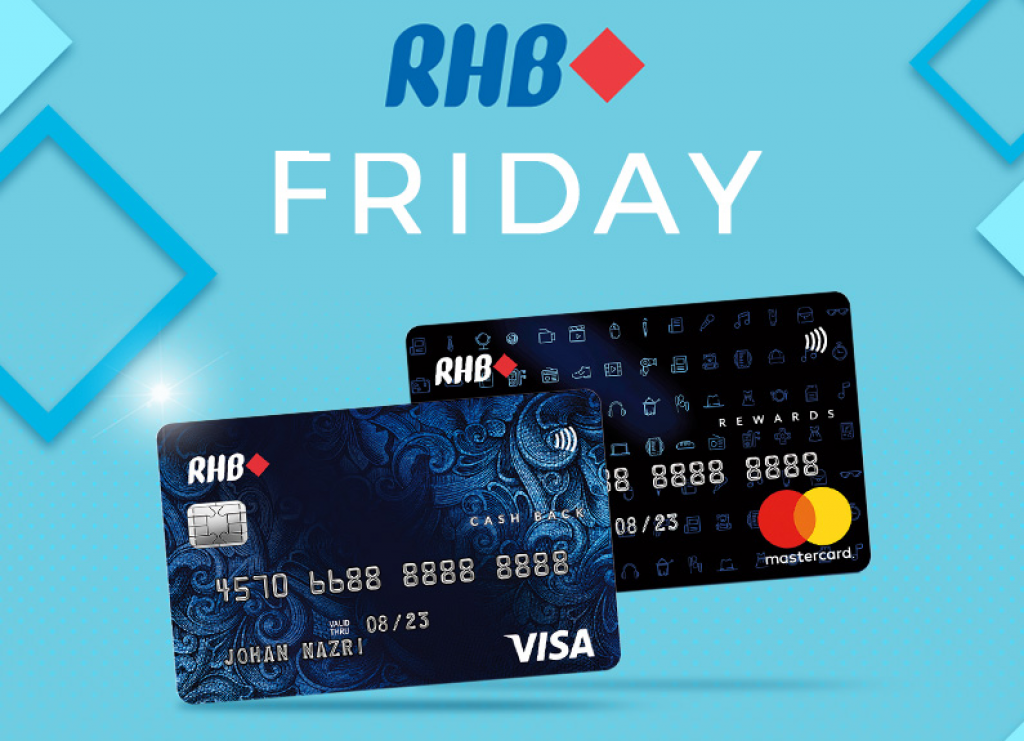

Often the scammer will use serious threats - like jail time for unpaid taxes or criminal activity on your card - to get you to act. A scammer will call posing as an authority figure who needs to confirm your credit card information. Phishing attacks can also take place over the phone. This includes credit card numbers, passwords, emails, and more, and sends them to the hacker. One common type of criminal software - called a keylogger - records everything you type. This harmful software can steal sensitive data from your devices and share it with hackers. Phishing attacks can also try to get you to download attachments that include malware. Installing malware or spyware on your device 📚 Related: How To Spot a Fake Bank Text Message → 8. But if you share information by clicking on the link or responding to the email/text, the data goes directly to a hacker. A phishing message pretends to be from an organization you trust like your bank or the IRS. Phishing is a type of social engineering attack designed to scam you online and give up your sensitive information. There are very few reports of this scam, but it could grow as RFID becomes more common. A thief close enough to you with the right device can use this technology to “scrape” your credit card information. Many modern cards use radio-frequency identification (RFID) for contactless payment. RFID collection (i.e., intercepting contactless payment) 📚 Related: Did Scammers Use Your Credit Card Numbers Online? Do This → 6. Hackers can use what’s called a “man-in-the-middle” (MITM) attack to intercept your connection and collect any data you share, including credit card information. Open wireless connections at places like coffee shops and airports are notoriously unsafe. Stealing your card details over public Wi-Fi But instead of stealing data from your card’s magnetic strip, they go inside the reader and steal your chip information. Shimmers are the natural evolution of card skimmers. Thieves install skimmers on ATMs, gas pumps, and other publicly available card readers. These small devices collect credit card data from the card’s magnetic strips, which criminals then use to create a cloned card. 📚 Related: Family Identity Theft Protection: The Parental Guide for 2023 → 4.

Or, a member of your family could open a credit card in your name.

A family member or friend you trust could have access to your cards and use them without permission.

Perhaps surprisingly, family members are often the perpetrators of credit card fraud. Try Aura’s #1-rated identity theft protection free for 14 days to secure your identity against scammers. ✅ Take action: If scammers have your credit card details, your bank and other online accounts could also be at risk.


 0 kommentar(er)
0 kommentar(er)
